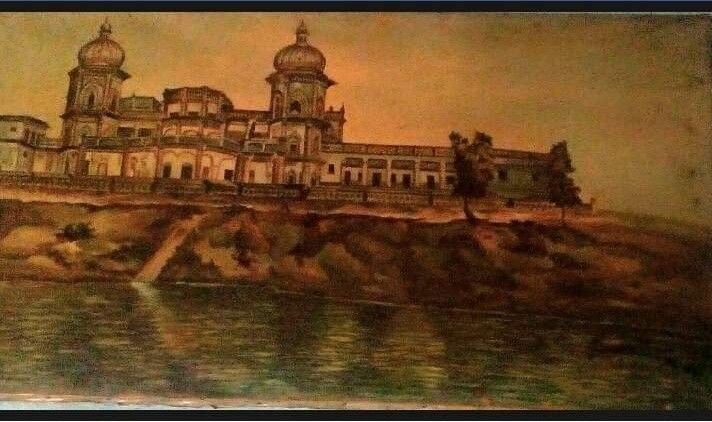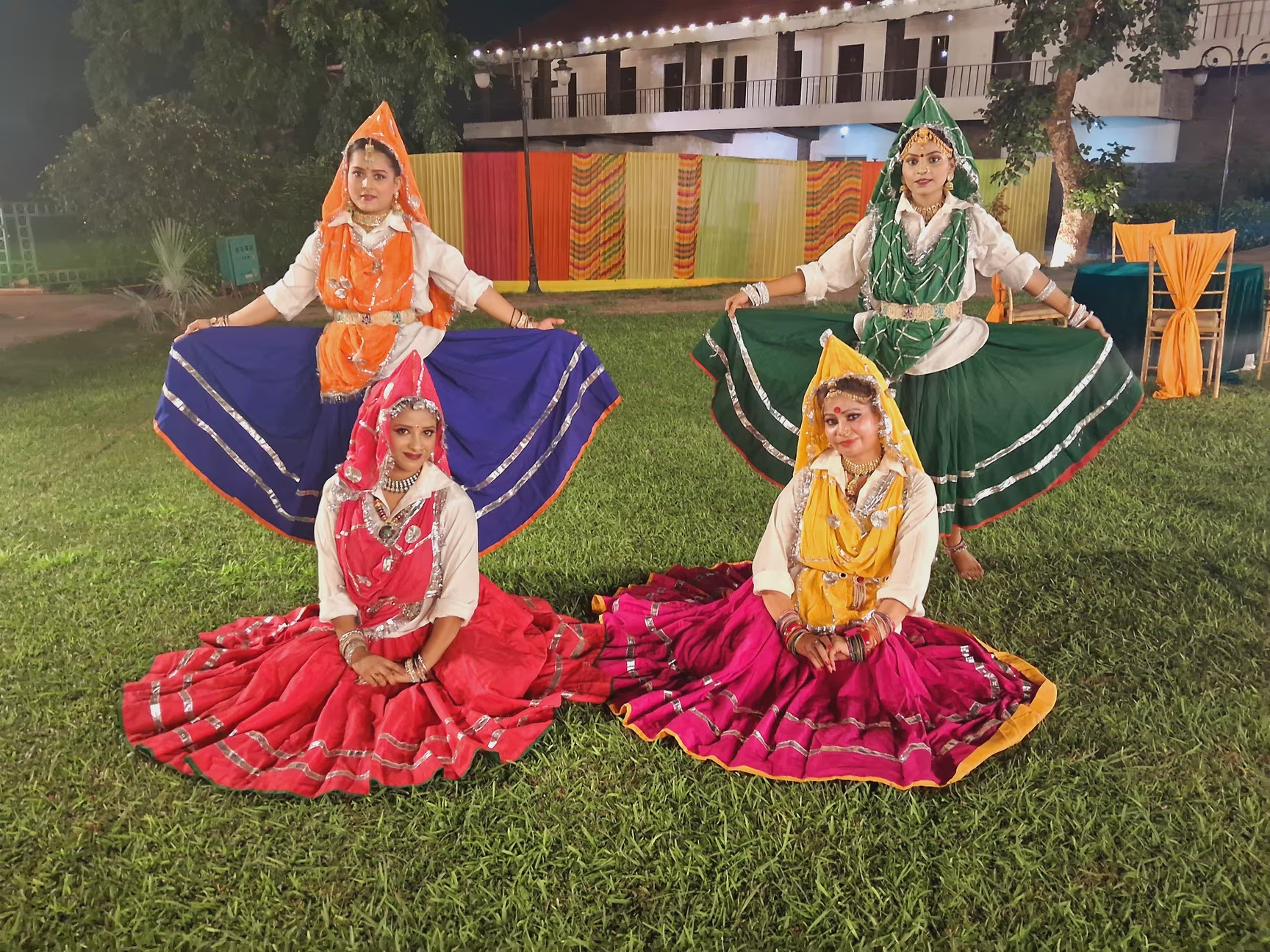Best Palaces of Uttar Pradesh: Exploring the Regal Heritage of North India

Uttar Pradesh, the heartland of northern India, is not only known for its spiritual significance and historical landmarks but also for its regal legacy that is still visible in its grand palaces. These architectural marvels once served as the residence of kings, nawabs, and feudal lords who ruled the region. Each palace reflects a unique blend of Mughal, Awadhi, and Rajput architectural influences, offering a glimpse into the opulent lifestyle of India’s royal past.
Here’s a look at some of the best palaces of Uttar Pradesh that stand as timeless symbols of elegance and history.
1. Kaiserbagh Palace, Lucknow
Overview:
Built by Nawab Wajid Ali Shah in the mid-19th century, Kaiserbagh Palace was once the royal residence of the Nawabs of Awadh.
Highlights:
-
A blend of Mughal and European architecture
-
Features ornamental gateways, gardens, and pavilions
-
Once described as one of the finest palatial complexes of its time
Today:
Though partially in ruins, sections of the palace are still accessible and give a glimpse into Lucknow’s royal past.
2. Baradari Palace (Safed Baradari), Lucknow
Overview:
Constructed in 1854, the Safed Baradari (White Palace) was initially built for mourning rituals of the Shia community.
Highlights:
-
Stunning white marble structure
-
Intricate stucco work and grand arches
-
Later served as a royal court during British rule
Today:
It serves as a venue for cultural events and royal exhibitions, offering visitors a chance to experience its timeless elegance.
3. Ramgarh Tal Palace, Gorakhpur
Overview:
Located on the banks of the Ramgarh Lake, this lesser-known palace once served as a royal retreat.
Highlights:
-
Overlooks a picturesque lake
-
Surrounded by landscaped gardens
-
Used by local rulers and British officers during colonial times
Today:
Although not fully restored, the palace remains a significant heritage site, with plans for conservation under state tourism projects.
4. Chunar Fort and Palace, Mirzapur
Overview:
Originally built by the Mauryas and later occupied by the Mughals and British, Chunar Fort also includes a palatial section used by the rulers.
Highlights:
-
Over 2,000 years of layered history
-
Majestic views of the Ganga River
-
Associated with Emperor Sher Shah Suri and Warren Hastings
Today:
Open to visitors, the site is a combination of palace and fort, perfect for history buffs and photographers alike.
5. Moti Mahal, Lucknow
Overview:
Part of the trio known as “Moti Mahal, Mubarak Manzil, and Shah Manzil,” this palace served as a royal residence and a pleasure retreat.
Highlights:
-
Overlooks the Gomti River
-
Known for its gardens and bird-viewing pavilions
-
Reflects the leisure lifestyle of Nawabs
Today:
Still standing as a heritage building, it’s used occasionally for cultural and government functions.
6. Jahangir Palace, Agra Fort
Overview:
While part of the Agra Fort complex, Jahangir Palace was constructed by Emperor Akbar for his son Jahangir.
Highlights:
-
Fusion of Hindu and Islamic architectural elements
-
Crafted with red sandstone and adorned with intricate carvings
-
Used as a royal residence by Mughal emperors
Today:
A popular tourist attraction, it’s maintained by the Archaeological Survey of India and is part of a UNESCO World Heritage Site.
7. Ramnagar Fort and Palace, Varanasi
Overview:
Located on the eastern bank of the Ganges, opposite the ghats of Varanasi, Ramnagar Fort includes a beautiful palace that still serves as the residence of the Kashi Naresh.
Highlights:
-
Built in the 18th century by Maharaja Balwant Singh
-
Houses a museum with vintage cars, weapons, and royal attire
-
Famous for the grand Ram Leela festival celebrated within its premises
Today:
A living palace, it’s open to visitors and offers a royal experience through its antique collections and preserved architecture.
Conclusion
The palaces of Uttar Pradesh are more than just architectural wonders; they are silent storytellers of the state’s royal past. Whether nestled along riverbanks or standing amidst bustling cities, each palace reveals the lifestyle, art, and cultural richness of a bygone era. Exploring these palatial gems is a journey through time—one that showcases the elegance, pride, and legacy of India’s royal heartland.




